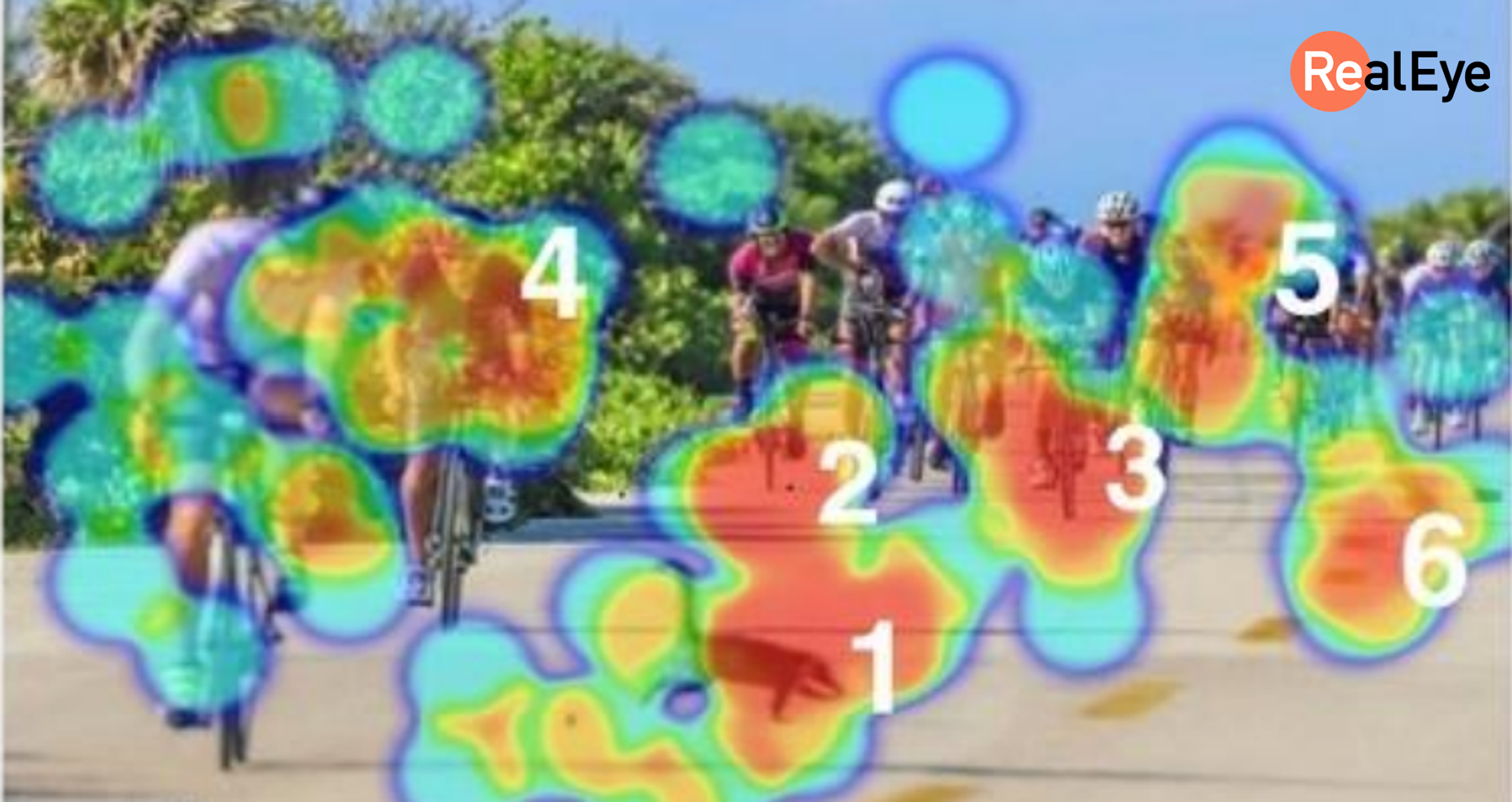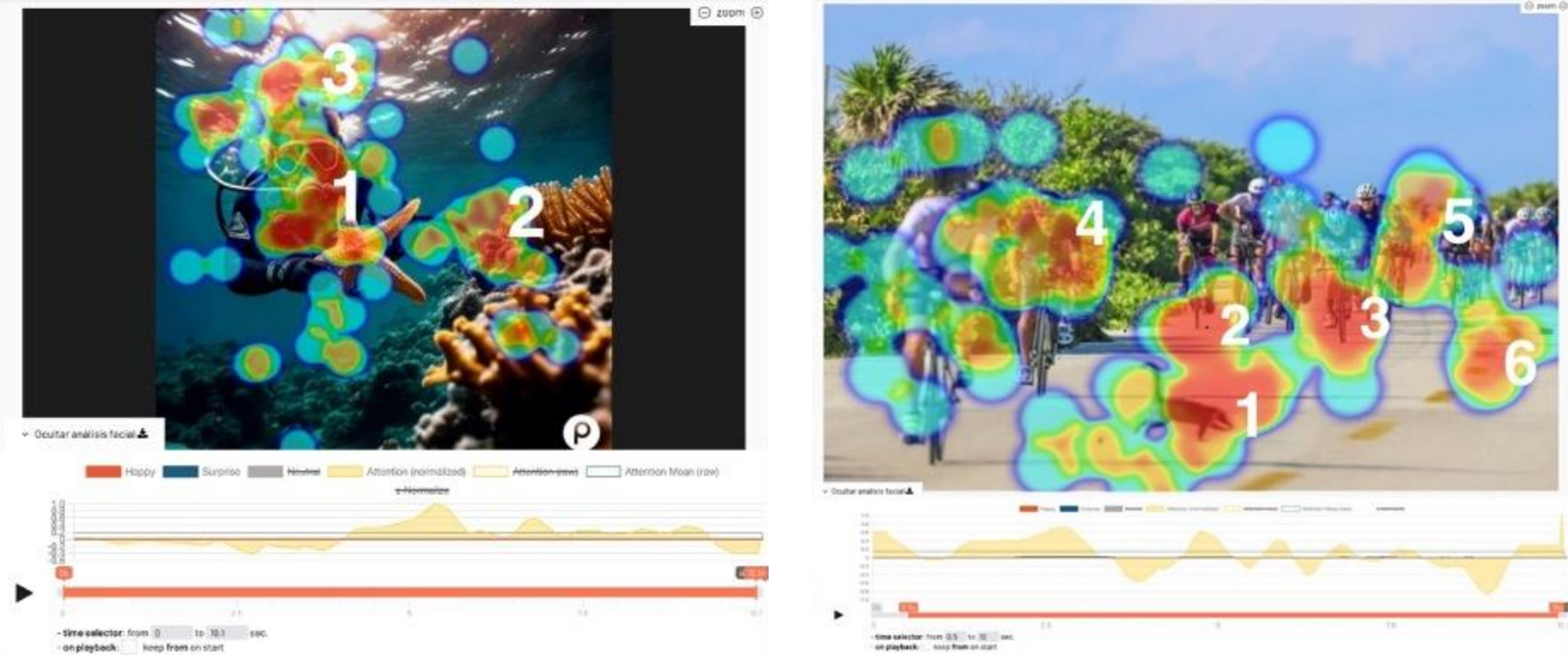

In Mexico, María de Jesús Moo Canul, a researcher from the Universidad Autónoma del Estado de Quintana Roo, set out to understand how tourists interact with protected natural areas and the people who manage them (2025). The goal was to capture not only what visitors say about conservation but also what they actually notice, focus on, and feel during their trips.
To achieve this, traditional ethnographic observation was used along with tools like a 360° camera and RealEye eye-tracking. This approach provided both the full journey context and the fine details of visual attention and emotional reactions.
The researcher joined tourist excursions - including snorkeling and diving trips - as a participant observer. Using a 360° Insta360 X3 camera, she recorded interactions between guides and visitors, the natural surroundings, and moments of environmental education. This allowed her to revisit and analyze the experience later, without missing key details.
After the excursions, tourists took part in a RealEye session. They were shown photographs - some taken by local journalists, others created with AI - illustrating human–wildlife interactions. RealEye tracked exactly where they looked, how long they focused on each element, and their emotional responses, producing heat maps and emotion analyses.
Two example images were tested:
These scenarios helped measure how tourists perceive potentially harmful or intrusive human activities in nature.
Heat maps showed that most attention went straight to the human–animal interaction - for example, the diver and the starfish - rather than the coral reef or marine environment. Emotional analysis revealed peaks of surprise and joy, even when the behavior could be harmful to wildlife.
In the coatí photo, attention centered almost entirely on the animal, with much less focus on the cyclists or road. This suggested a strong pull toward animals in vulnerable situations. Still, the emotions detected were mostly neutral or mildly negative, meaning awareness didn’t always translate into strong disapproval.

By combining immersive fieldwork with RealEye attention and emotion tracking, the researcher discovered a gap: tourists may recognize environmental concerns, but their emotions don’t always push them toward conservation-friendly behavior.
For protected area managers, this means communication strategies should not just inform - they should connect emotionally. Inspiring a deeper emotional response could help translate awareness into meaningful action.
This research shows how technology like RealEye can enhance traditional qualitative methods, offering a richer, more accurate view of human behavior in nature tourism and supporting better conservation outcomes.

Follow the steps below to start your own experiment with RealEye:

Ready to set up your own study? Visit RealEye Support page to learn more and keep us posted on your results! 🚀